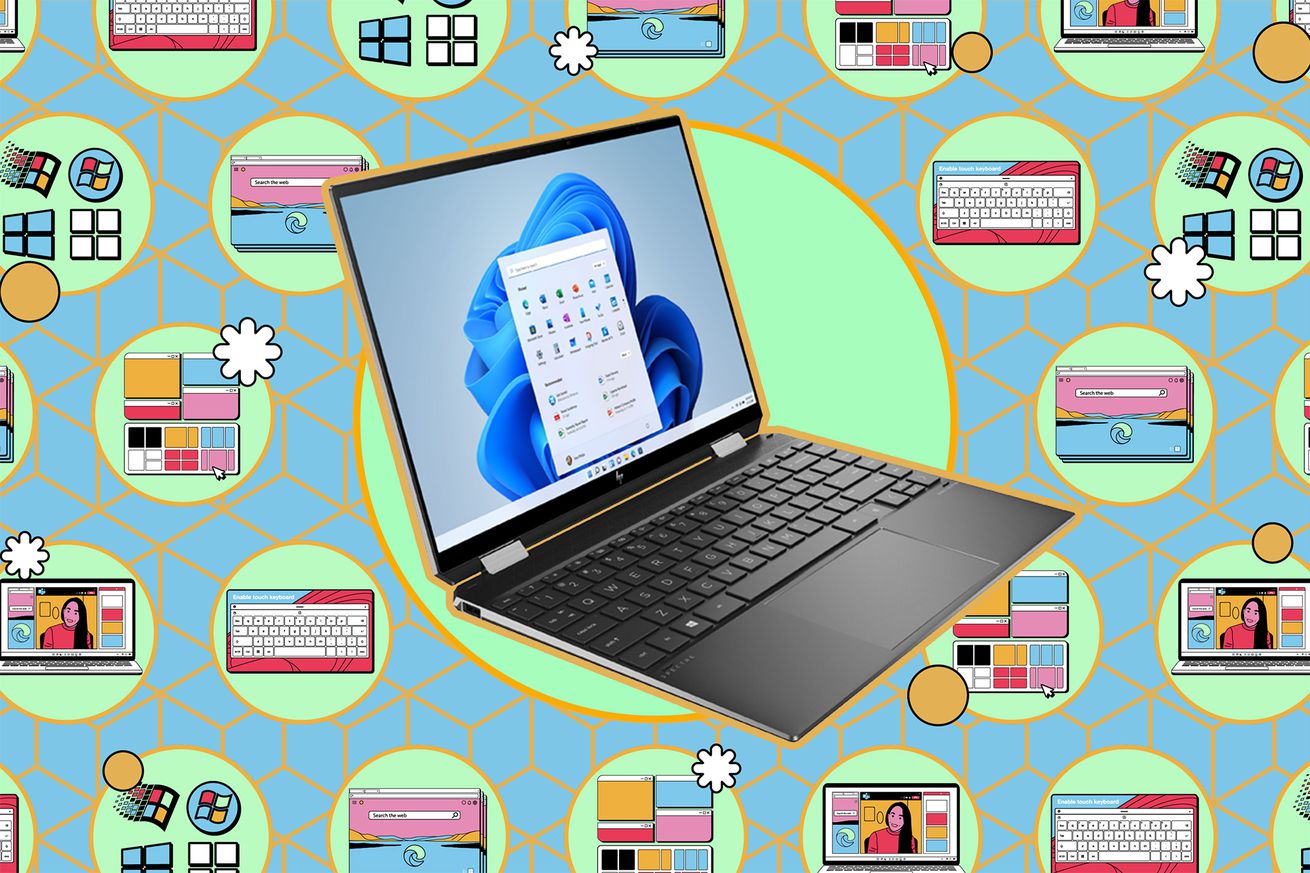
How to take control of your Windows notifications
Most of us are used to managing notifications (or trying to) on our smartphones, but Windows can throw up plenty of pings and alerts of its own as well. Some of those will be useful and necessary, but if you’re trying to get stuff done, regular interruptions are likely to throw you off track and get in the way. So it’s worth exploring the notification controls that Microsoft’s operating system offers — and there are quite a few of them.
Spend a few minutes tailoring Windows notifications to suit your requirements, and you can get yourself a much calmer and less disjointed computing experience while still ensuring you don’t miss out on any vital alerts.
App notifications
Like Android, iOS, and macOS, Windows lets you control notification permissions on an app-by-app basis. You can set up a hierarchy of apps that are allowed to ping you whenever you want and apps that aren’t.
By default, notifications pop up on-screen briefly and are also delivered to the Notification Center. You can access them by clicking the time and date down in the bottom right corner of the screen. To change this behavior:
- Open Settings from the Start menu, then choose System > Notifications.
- The Notifications toggle switch lets you enable or disable all alerts across Windows. Click the down arrow next to the toggle to see checkboxes for turning notification sounds and lock screen notifications on or off and (if you’ve enabled it) to show incoming VoIP calls on your lock screen).
- Scroll down to find a list of apps. To turn off notifications for a particular app, use the toggle switch next to it.
If you need to take more granular control over the notifications for a particular app beyond a simple on or off setting, you can click on the app name to open up a panel of further options.
- Uncheck Show notification banners to stop alerts from popping up on-screen as they arrive. They’ll still be delivered silently to the Notification Center unless you also uncheck Show notifications in notification center.
- Toggle on the Allow app to send important notifications when do not disturb is on to allow the app to override whatever Do Not Disturb settings you have in place.
- Select Top, High, or Normal to change the priority of this app’s notifications in the Notification Center, which can help you find more important alerts more easily.
Notification settings can be tweaked when they appear, too: if you click the three dots on an alert when it pops up on-screen or in the Notification Center, you can then turn off all notifications from the app in question.
Do Not Disturb and Focus
Windows has both a Do Not Disturb mode, which lets you turn off all but the most important notifications, and a Focus feature that lets you specify particular blocks of time when you want to concentrate on something without any distractions.
You’ll see both in the Notification Center: Do Not Disturb is the little bell icon in the top right corner (click it to enable Do Not Disturb using the current settings), and Focus is down at the bottom (click Focus to start a session).
Adjust Do Not Disturb
To tweak how Do Not Disturb works:
- Open Settings from the Start menu, then select System > Notifications.
- Enable Do Not Disturb using the toggle switch: this sends all alerts to the Notification Center, so nothing will make a sound or pop up on-screen.
- Click Turn on Do Not Disturb automatically to have this mode enabled at certain times, such as when a game is running or when you have a second display attached.
- You can also enter a specific time period (like 9AM to 5PM) that can then be repeated daily, on weekends, or on weekdays.
- Click Set priority notifications to give certain apps permission to ignore Do Not Disturb and alert you anyway — maybe there’s a messaging app you still need to operate at all times, for example.
Adjust Focus
You can think of the Focus feature as an enhanced version of Do Not Disturb, designed to boost your productivity. During a Focus session, Do Not Disturb is enabled, and app icons on the taskbar won’t flash or display badges to reduce distractions even further.
The other difference between Focus and Do Not Disturb is the appearance of a timer on-screen that tells you how much of your session is left. You can start a Focus session by clicking Focus in the Notification Center or by opening Settings and then choosing System > Focus > Start focus session.
You can modify how Focus works from the System > Focus page in Settings:
- Use the – (minus) or + (plus) symbols to change the duration of the next session (your options go from five to 240 minutes). If the session is longer than 30 minutes, breaks will automatically be scheduled in.
- The checkboxes underneath let you customize how Focus works: if you don’t want the on-screen timer, for example, or you don’t want Do Not Disturb enabled, then these features can be enabled or disabled as required.
You can also launch Focus from the Clock app in Windows on the Focus sessions tab. There’s a bit more to explore here: you can skip breaks, keep track of tasks completed during Focus sessions, and specify a certain Spotify playlist that you want to use while Focus mode is active.
Whether you use individual app notification settings, Do Not Disturb, Focus mode, or a mixture of all three, you should be able to tailor a notification experience that works for you — and that’s able to change during the day, depending on how you’re using your Windows computer.

